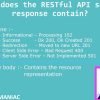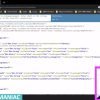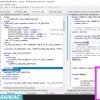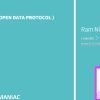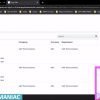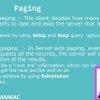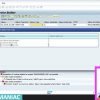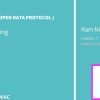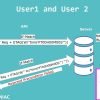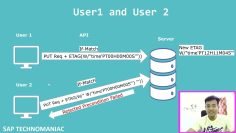This video is a tutorial on how to create an OData service from a CDS view without using the SCGW code. The video is divided into several sections, each focusing on a different aspect of the process. Here’s a summary of the main points:
- Creating Associations and Activating Services: The presenter demonstrates how to create associations and activate services. He explains that once the association is created and the service is activated, the metadata file is set up automatically by the SADL framework. This eliminates the need to create associations and navigation properties manually, saving time.
- Testing Query Options: The presenter then tests various query options to see if they work without any implementation. He tests the read operation, get entity set, get entity method, expand query option, dollar select, dollar count, dollar link, dollar value, and others. He finds that all these operations work as expected without any implementation.
- Testing Skip and Top: The presenter tests the ‘Skip’ and ‘Top’ query options, which he had previously implemented. He finds that these also work as expected without any implementation.
- Testing Inline Count and Order By: The presenter tests the ‘Inline Count’ and ‘Order By’ query options. He finds that these also work as expected without any implementation.
- Testing Filter: The presenter tests the ‘Filter’ query option. He finds that this also works as expected without any implementation.
- Limitations and Future Work: The presenter notes that while all the query options work without any implementation for read operations, this is not the case for modify operations. If you want to create, modify, or delete data in the system, you would need to do some implementation. The implementation depends on the version you are working on. If you are working on version 7.4 and below, where you are not using any RAP or BOPF, then you can create an SCGW project. If you are working on 7.5 and above and your company uses BOPF and draft, then you can create your update, modify, and delete operations in the CDS itself using annotations. The presenter promises to cover these topics in future videos.
- Conclusion: The presenter concludes the video by encouraging viewers to like the video and leave any queries in the comment section. He also promises to examine a standard CDS view in the next video, where they are using the OData published true and on top of the consumption view.





